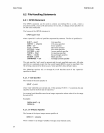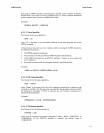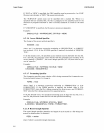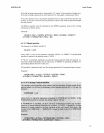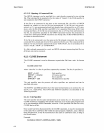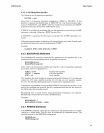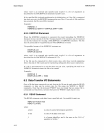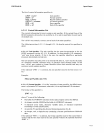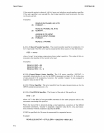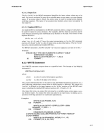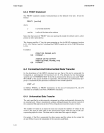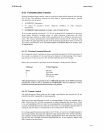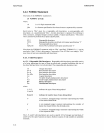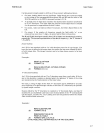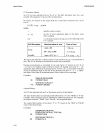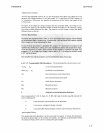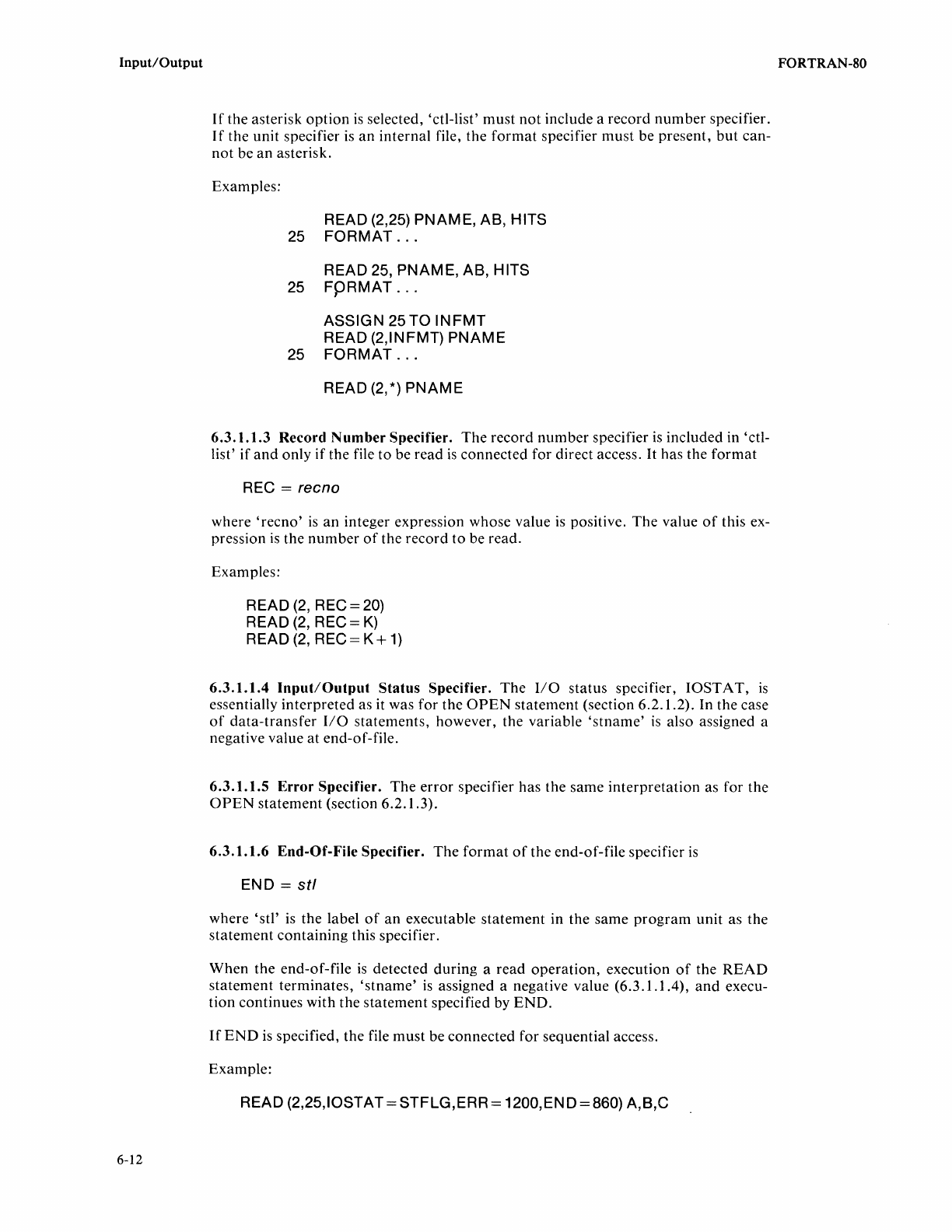
Input/Output
6-12
I f the asterisk
option
is
selected, 'ctl-list'
must
not
include a record
number
specifier.
If
the unit specifier
is
an
internal file, the
format
specifier must be present,
but
can-
not
be
an
asterisk.
Examples:
READ (2,25) PNAME,
AS, HITS
25 FORMAT
...
READ 25, PNAM
E,
AS, HITS
25
FpRMAT
...
ASSIGN 25 TO
INFMT
READ (2,INFMT) PNAME
25
FORMAT
...
READ
(2,
*) PNAM E
6.3.1.1.3
Record
Number
Specifier.
The
record
number
specifier
is
included in 'ctl-
list' if
and
only if the file to be read
is
connected for direct access.
It
has the
format
REC = recno
where
'recno'
is
an
integer expression whose value
is
positive.
The
value
of
this ex-
pression
is
the
number
of
the record to be read.
Examples:
READ
(2,
REC =
20)
READ
(2,
REC =
K)
READ
(2,
REC = K +
1)
6.3.1.1.4
Input/Output
Status
Specifier.
The
110
status specifier,
10STAT,
is
essentially interpreted as
it
was for the
OPEN
statement (section 6.2.1.2). In the case
of
data-transfer
110
statements, however, the variable
'stname'
is
also assigned a
negative value
at
end-oF-file.
6.3.1.1.5
Error
Specifier.
The
error
specifier has the same interpretation as for the
OPEN
statement (section 6.2.1.3).
6.3.1.1.6
End-Of-File Specifier.
The
format
of
the end-of-file specifier
is
END =
stl
where
'stl'
is
the label
of
an
executable statement in the same
program
unit as the
statement containing this specifier.
When
the end-of-file
is
detected during a read
operation,
execution
of
the
READ
statement
terminates,
'stname'
is
assigned a negative value (6.3.1.1.4),
and
execu-
tion continues with the statement specified by
END.
If
END
is
specified, the file must be connected for sequential access.
Example:
READ
(2,25,IOSTAT=STFLG,ERR=
1200,END=860)
A,S,C
FORTRAN-SO



